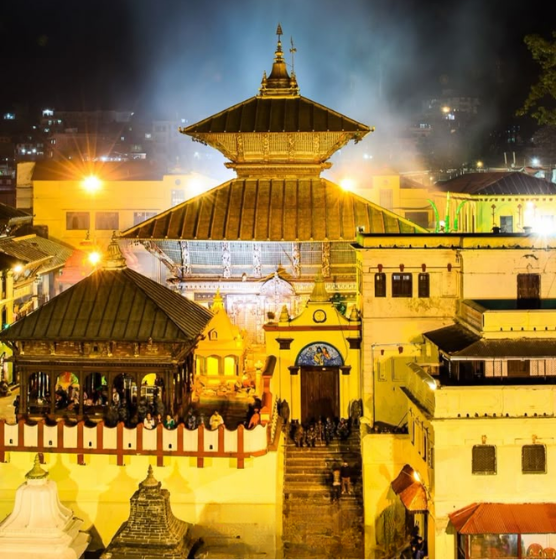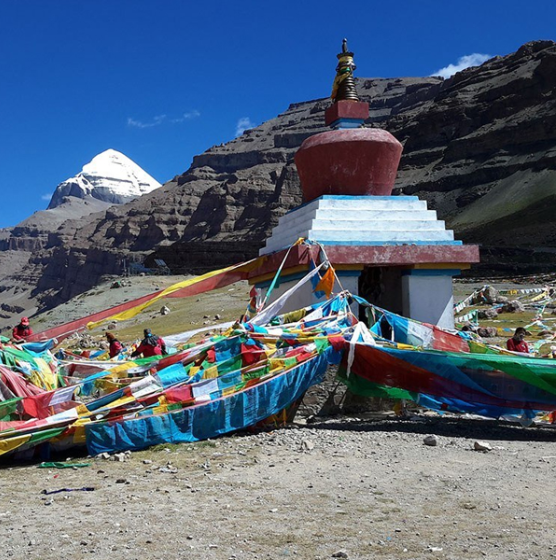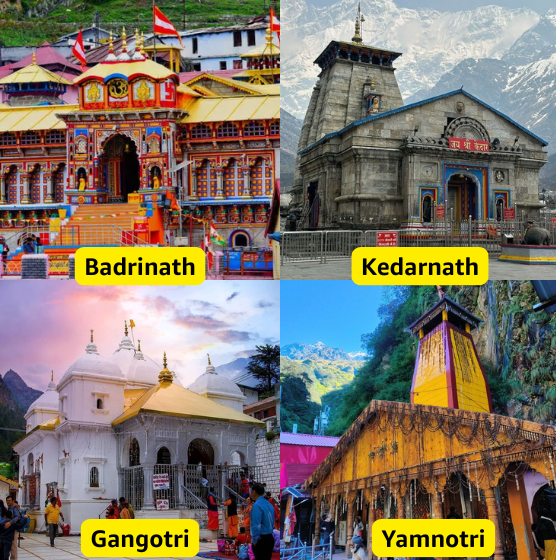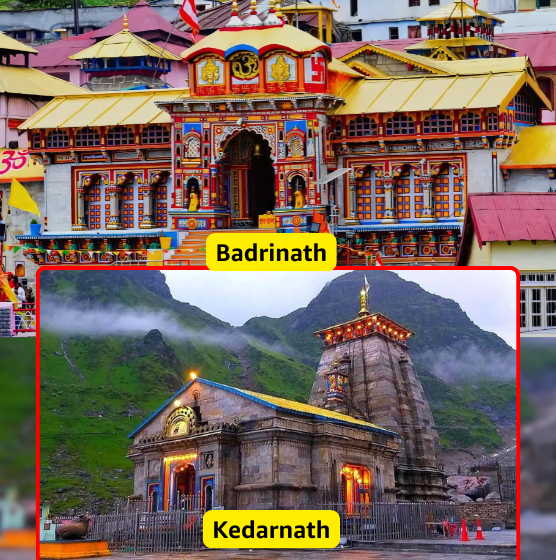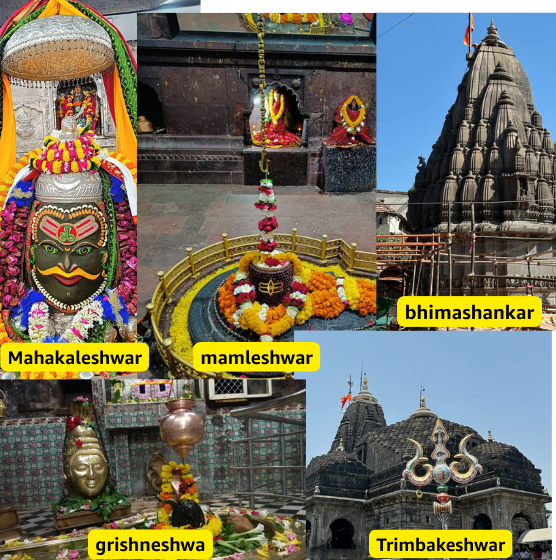What Keeps the Eternal Flames of Yamunotri Burning?
Nestled deep in the Himalayas, amidst the sacred Char Dham of Uttarakhand, lies Yamunotri Dham—a place where science surrenders to the supernatural. While devotees flock here to worship Goddess Yamuna at the glacier-fed temple, few realize that nearby burns an eternal flame—Akhand Jyoti—a fire that has burned continuously for centuries without fuel or human intervention.
This flame, located near the Surya Kund, is not only a spiritual marvel but also a mystical phenomenon that continues to baffle geologists, scientists, and spiritual seekers alike. Why does this flame never die? What’s the mythology behind it? And what does it mean in the age of climate change and spiritual reawakening?
In this blog, we unravel the powerful truths and untold legends behind the eternal flames of Yamunotri—a symbol of resilience, divinity, and India’s ancient energy sciences.
The Spiritual Significance of Yamunotri’s Eternal Flame
Yamunotri is one of the four sacred pilgrimage sites of the Char Dham Yatra. While the temple dedicated to Goddess Yamuna is its spiritual centerpiece, the eternal flames burning beside the Surya Kund are a lesser-known but equally sacred element of the region.
According to legend, the flames were ignited by the Sun God himself, in honor of his daughter Yamuna. These fires symbolize the divine bond between energy (Sun) and purity (Yamuna) and represent the inextinguishable light of dharma, guiding lost souls toward moksha (liberation).
For centuries, the priests of Yamunotri have preserved the sanctity of this flame, despite natural calamities, heavy snowfalls, and temperature drops reaching minus 10°C or lower during winters.
Where Are the Eternal Flames Located?
The eternal flames are found near the Surya Kund, a hot water spring just 100 meters from the Yamunotri Temple. This geothermal spring maintains a temperature of around 88–92°C and is used to cook prasadam—typically rice or potatoes wrapped in cloth—which is then offered to the deity.
Adjacent to this spring lies the Akhand Jyoti, which continues to burn without any visible fuel or consistent human management. Pilgrims bow in awe before this flame, believing it to be a direct symbol of divine presence.
Scientific Perspective: What Keeps the Flame Burning?
From a geological point of view, the flames are possibly fueled by natural underground gases, like methane, released through fissures from the Earth’s crust. These geothermal emissions, in combination with the high-temperature springs, may act as a natural ignition source.
However, what’s perplexing is the consistency and longevity of the flame:
- No artificial fuel is supplied.
- The area is prone to landslides and extreme weather.
- The flame continues uninterrupted through monsoons and winters.
Despite periodic efforts by research teams, no conclusive scientific explanation has ever fully demystified this phenomenon—leading many to believe that this is more than geology; it’s divine engineering.
Why Is the Eternal Flame So Important to Devotees?
For devotees, the eternal flame of Yamunotri is not just fire—it’s faith. It stands for:
- Protection: Believers say the flame protects the region from natural disasters.
- Purification: Many perform pujas and rituals beside the flame to purify karma.
- Guidance: It symbolizes the light of spiritual direction in a world of darkness.
- Miracle: Its mere survival over centuries is considered a divine miracle, reaffirming belief in higher powers.
5 Astonishing Facts About Yamunotri’s Eternal Flame
- The flame continues even during snowstorms and below-freezing temperatures.
- It requires no visible fuel or maintenance.
- It has outlasted major Himalayan earthquakes and floods.
- It’s located in one of the most remote Char Dham destinations.
- It is tied to one of India’s oldest solar myths—linking it directly to Surya Dev.
A Flame That Challenges Science and Strengthens Faith
In a world driven by logic and data, the eternal flame of Yamunotri is a living paradox—it burns without explanation, yet offers absolute clarity to millions of devotees. It continues to inspire scientists, mystics, and spiritual travelers alike, reminding us that some mysteries are not meant to be solved, but to be respected.
Whether you visit for pilgrimage, curiosity, or research, the experience of witnessing this timeless flame is bound to ignite a fire in your soul—of wonder, reverence, and a deeper understanding of India’s ancient spiritual wisdom.
